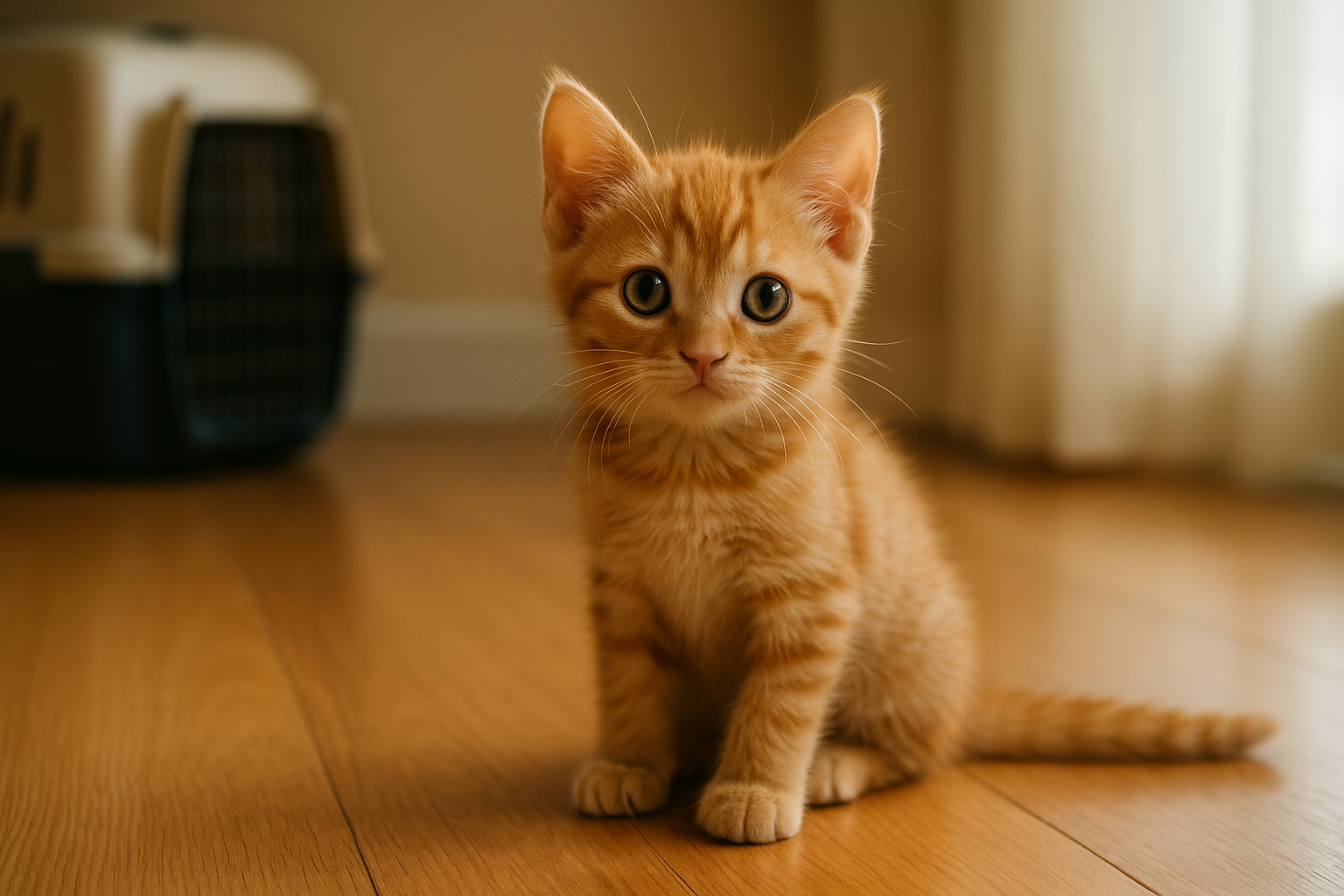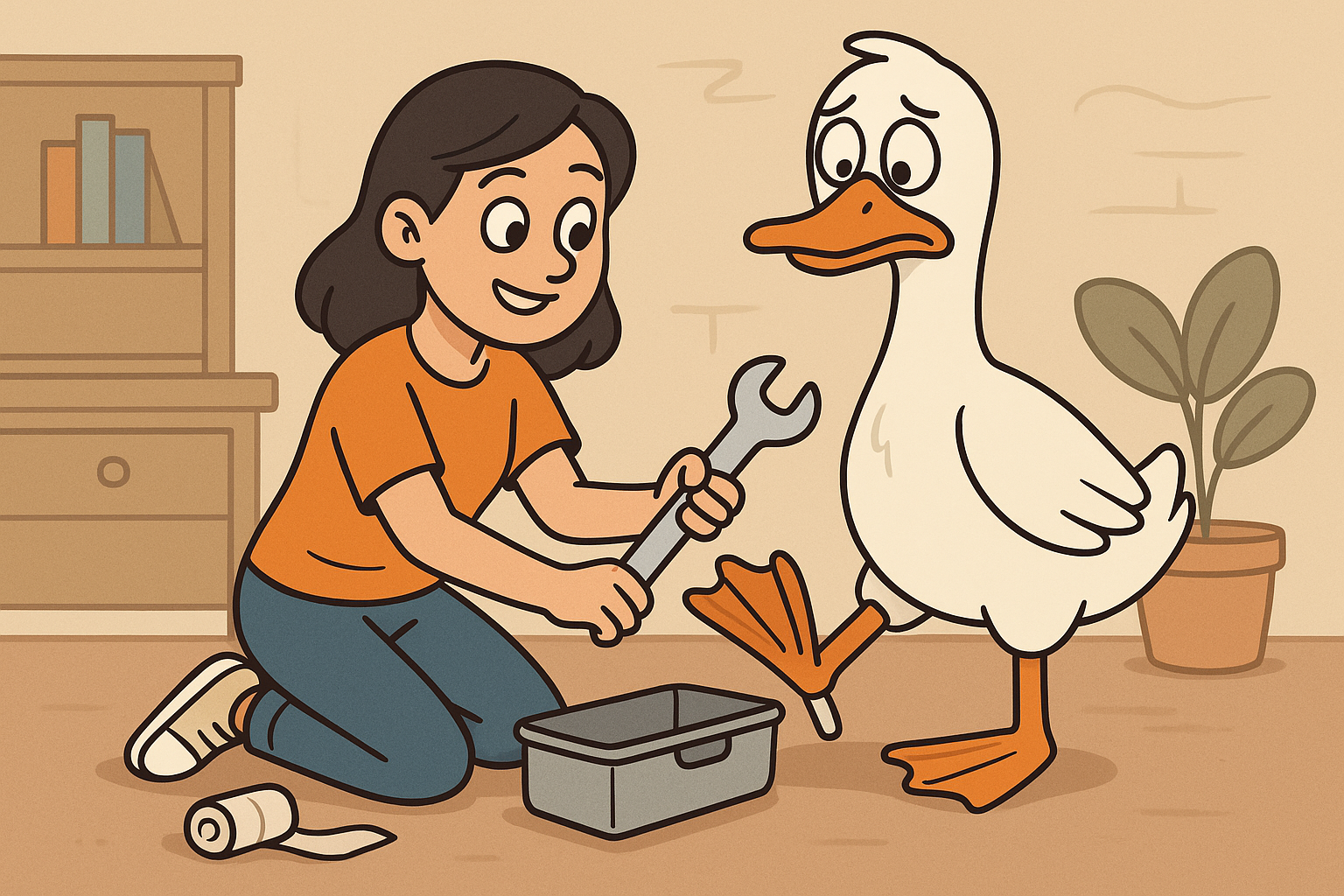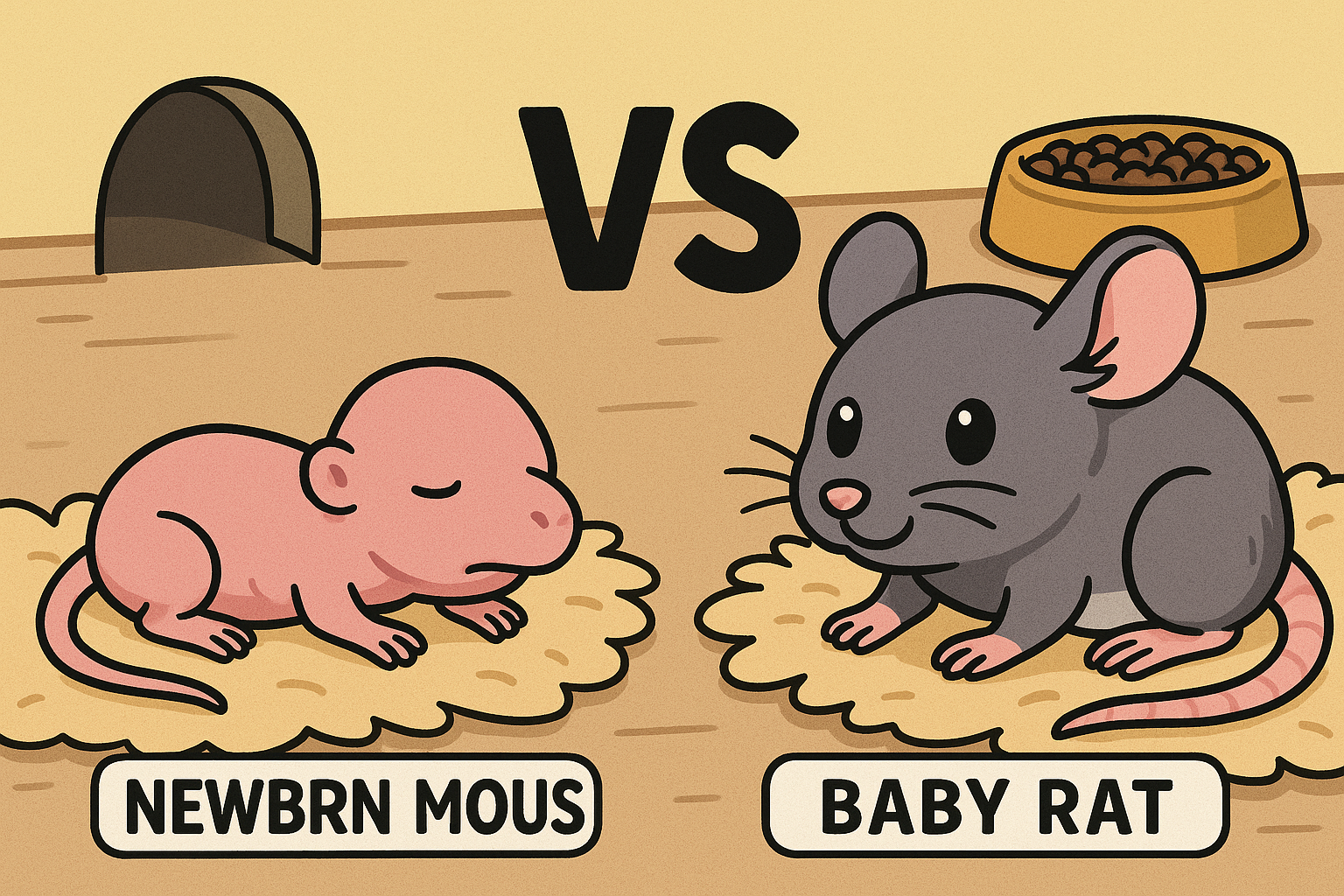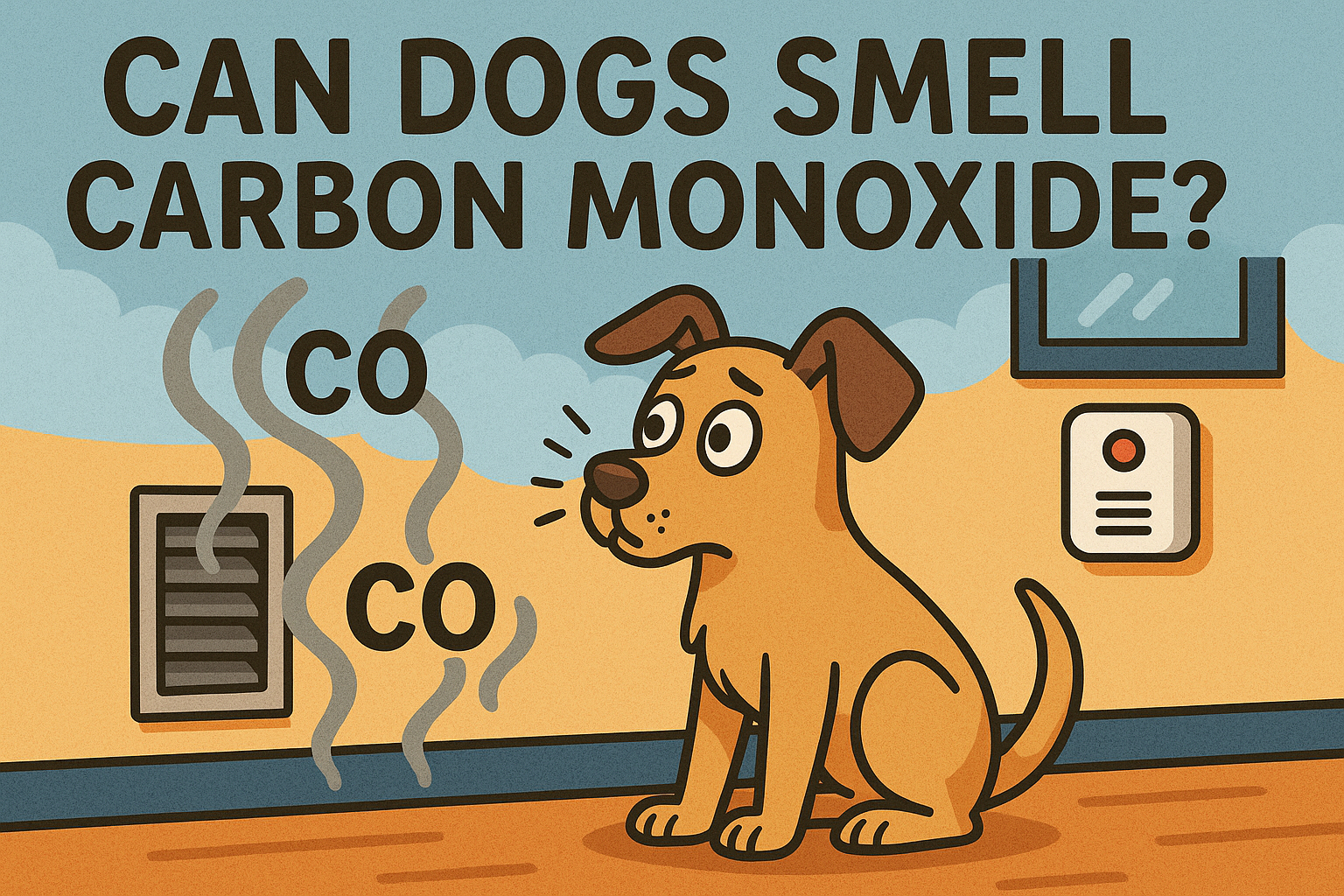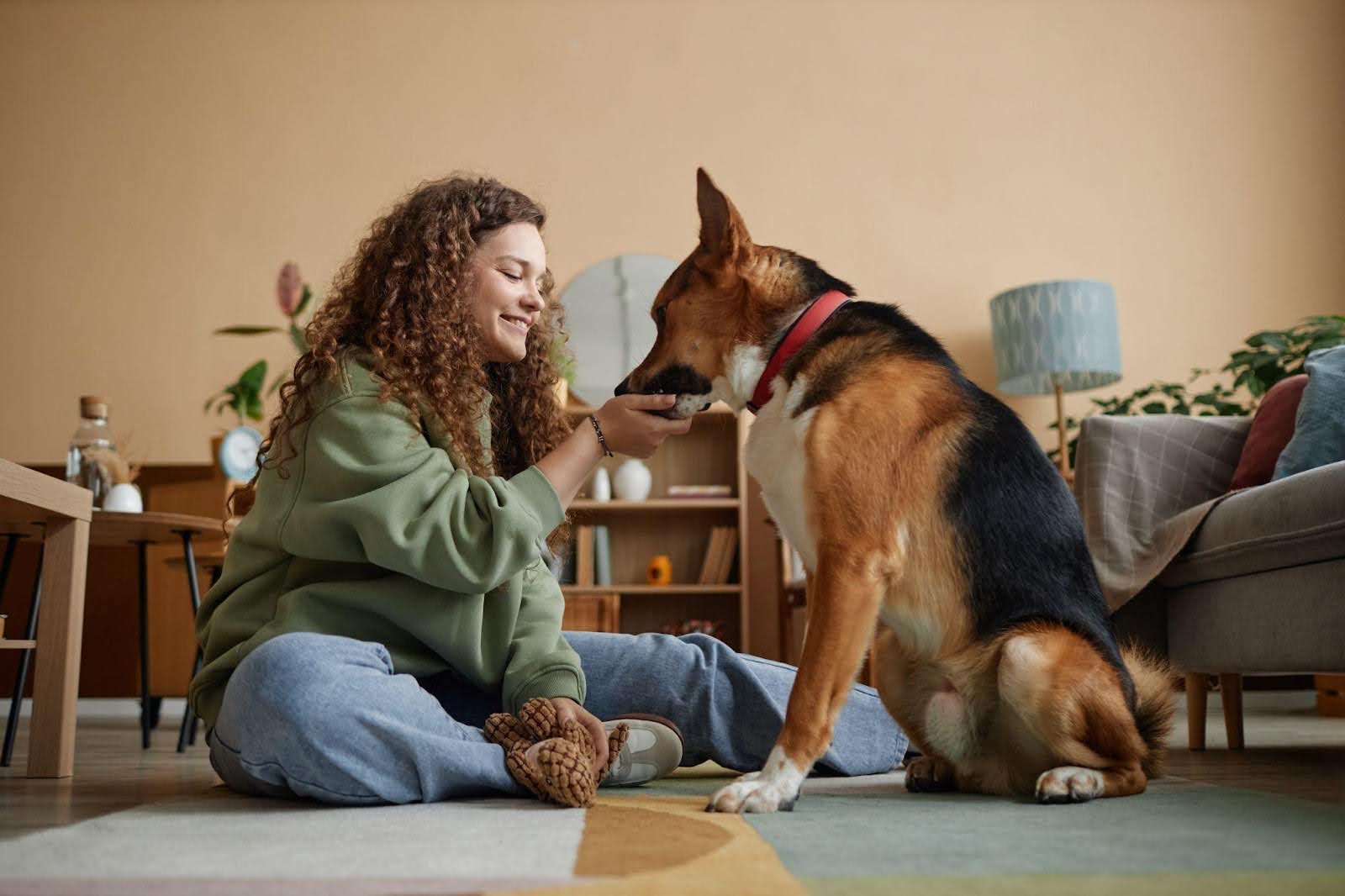Kittens are bundles of energy, affection, and curiosity. But beneath their playful purring lies a vulnerability that many new pet owners often overlook. One of the most dangerous threats to a young kitten’s life is a virus commonly associated with dogs—parvo. While parvo is usually discussed in the context of puppies, it also affects kittens, albeit in a different form. If you’re wondering whether your kitten is at risk, this guide has the answers you need.
What Is Parvo? A Quick Overview
Parvo is a highly contagious viral disease known for causing severe gastrointestinal distress. While canine parvovirus (CPV) affects dogs, cats are vulnerable to their own version known as the feline panleukopenia virus (FPV). Often referred to as “feline parvo,” FPV causes similar symptoms and is equally deadly. This virus targets rapidly dividing cells in the body, particularly in the bone marrow, intestines, and immune system.
Can Kittens Get Parvo?
Yes, kittens can absolutely get parvo—specifically the feline strain known as FPV. This virus is just as deadly for kittens as CPV is for puppies. Feline parvo is highly infectious and spreads rapidly in places like shelters, rescue centers, and multi-cat households. Without immediate veterinary care, the mortality rate can be alarmingly high, especially in kittens younger than five months.
How Do Kittens Get Parvo?
Kittens typically contract FPV through direct contact with infected animals or exposure to contaminated environments. The virus can live on surfaces like food bowls, litter boxes, and bedding for up to a year. It can also be carried on human hands, clothing, and shoes. Since kittens have underdeveloped immune systems, even minimal exposure can lead to infection, making hygiene and caution critically important.
Signs & Symptoms of Parvo in Kittens
Spotting early symptoms can mean the difference between life and death. Watch for:
- Lethargy or sudden tiredness
- Vomiting and persistent, often bloody, diarrhea
- High fever or a drop in body temperature
- Loss of appetite and signs of dehydration
- General weakness and potential collapse
These symptoms can appear suddenly and progress rapidly. Because they mimic other illnesses, a veterinarian’s diagnosis is essential for proper treatment.
Why Are Kittens at Higher Risk?
Kittens are particularly vulnerable to FPV because their immune systems are still developing. Until their vaccination schedule is complete, they remain susceptible. The risk increases for kittens in crowded environments, such as shelters or foster homes. Malnutrition, parasites, and underlying health conditions can also weaken immunity and heighten the risk of infection.
How Is Parvo Diagnosed in Kittens?
Veterinarians use specific tests to confirm FPV in kittens:
- Blood tests: Low white blood cell counts are a common indicator.
- Fecal tests: Used to detect viral particles in the stool.
These diagnostic tools help determine the severity of the infection and guide appropriate treatment. Quick action is essential for the best outcome.
Treatment Options for Kittens with Parvo
While there’s no direct cure for feline parvo, aggressive supportive care significantly improves survival chances. Treatment typically includes:
- IV fluids to combat dehydration
- Anti-nausea medication to control vomiting
- Antibiotics to prevent or treat secondary infections
- Nutritional support to restore energy and strength
The key is early intervention. With prompt and proper care, many kittens can survive and fully recover.
How to Protect Your Kitten from Parvo
Prevention is the best defense. Here’s how to keep your kitten safe:
- Vaccinate: Start vaccinations at 6–8 weeks of age and follow up with all boosters.
- Sanitize: Clean litter boxes, bowls, toys, and bedding regularly with disinfectants.
- Limit exposure: Avoid allowing your kitten to interact with unvaccinated animals.
- Promote good health: Feed a nutritious diet and minimize stress.
A clean environment and a consistent vaccination schedule are your kitten’s strongest protections.
Can Parvo Be Passed from Dogs to Kittens?
Typically, no—canine parvovirus does not infect cats. However, indirect transmission is possible. Humans or dogs exposed to CPV may bring the virus into your home, contaminating surfaces or items your kitten uses. Good hygiene, such as washing hands and changing clothes after contact with a sick animal, is essential.
What to Do If You Suspect Your Kitten Has Parvo
If your kitten shows symptoms, act fast:
- Contact your vet immediately
- Isolate the kitten from other pets
- Disinfect your home using a bleach solution (1 part bleach to 32 parts water)
- Follow veterinary instructions carefully and thoroughly
Every minute counts. Delayed treatment drastically reduces survival chances.
Recovery & Aftercare for Kittens Who Survive Parvo
Recovery from parvo is possible, but it requires patience and consistent care. In the weeks following treatment:
- Offer small, high-quality meals
- Ensure constant access to clean water
- Provide a warm, quiet, low-stress environment
- Monitor for any relapse or symptoms
Kittens who survive often develop immunity to FPV and can lead healthy, full lives with proper aftercare.
Conclusion
So, can kittens get parvo? Yes—they can contract the feline version, FPV, which is just as severe as its canine counterpart. The good news is that with timely vaccinations, cleanliness, and early medical care, the disease is preventable. Stay vigilant, act quickly at the first sign of illness, and you can protect your kitten from this dangerous virus. Your attentiveness could save a life.
FAQs
Can indoor kittens get parvo?
Yes. The virus can be brought indoors on shoes, clothing, or hands.
Is parvo always fatal in kittens?
No. With prompt and aggressive treatment, many kittens survive.
Can adult cats carry parvo to kittens?
Yes. Adult cats can be asymptomatic carriers and transmit the virus.
How long does the parvo virus survive in the environment?
It can live for up to a year on surfaces if not properly disinfected.
How can I disinfect my home if there’s been exposure?
Use a bleach solution (1 part bleach to 32 parts water) on hard surfaces. Wash or replace soft items thoroughly.

